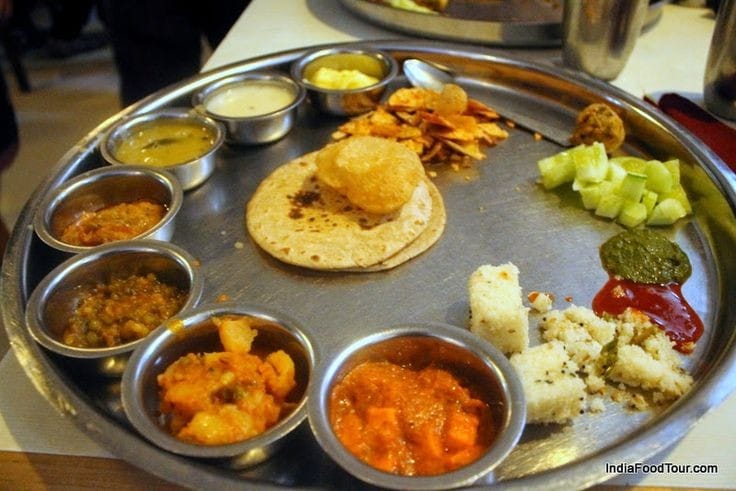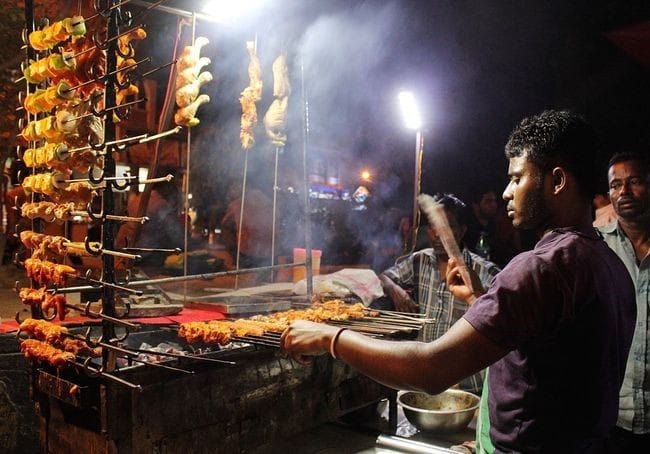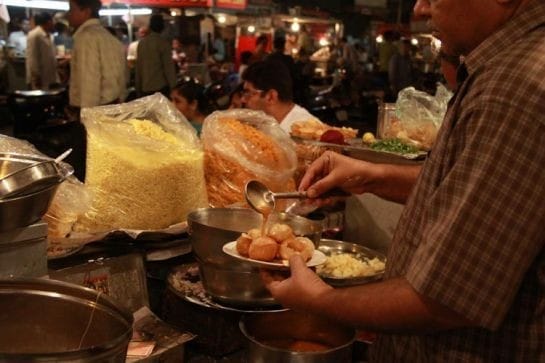Street food has always been an integral part of Indian culinary culture, reflecting the country’s rich gastronomic history and cultural diversity. The evolution of Indian street food over time has been marked by changes in socio-economic conditions, political influences, and technological advancements.
In ancient India, street food vendors were known as “chandala,” and they provided snacks and meals to people of all classes. During the Mughal era, street food became more refined and sophisticated, with the introduction of kebabs, biryanis, and other delicacies. In the colonial era, street food vendors adapted to British tastes, incorporating ingredients like potatoes and bread into traditional Indian dishes.
In post-independence India, street food vendors became an important source of employment for the working class, who sought to provide affordable meals to urban residents. The introduction of new technologies like gas stoves and electric grills made it easier for street food vendors to prepare food quickly and efficiently.
Over the years, street food in India has continued to evolve and adapt to changing tastes and preferences. The growth of the middle class in urban areas has led to an increase in demand for healthier and more exotic street food options, like juices, salads, and sushi.
The impact of globalization has also influenced the evolution of Indian street food, with the introduction of new ingredients, cuisines, and culinary techniques. For example, Chinese and Thai street food has become increasingly popular in India, and vendors have adapted these dishes to suit local tastes by adding Indian spices and flavors.
Another factor that has contributed to the evolution of street food in India is the growing focus on sustainability and environmental awareness. Many street food vendors are now using eco-friendly packaging and locally sourced ingredients to reduce their carbon footprint and support local communities.
The rise of social media and digital marketing has also played a significant role in the evolution of Indian street food. Instagram and other social media platforms have become a popular way for vendors to showcase their food and reach new customers. Food bloggers and influencers have also helped to raise awareness of lesser-known street food dishes and vendors, contributing to the preservation and promotion of Indian culinary heritage.
In conclusion, the evolution of street food in India over time has been marked by changing tastes, socio-economic conditions, political influences, and technological advancements. From ancient chandala vendors to modern-day food trucks, Indian street food has remained a vital part of the country’s culinary culture and economic landscape. As India continues to modernize and urbanize, street food vendors will need to continue to adapt to changing consumer preferences, environmental concerns, and technological innovations to remain relevant and competitive.










